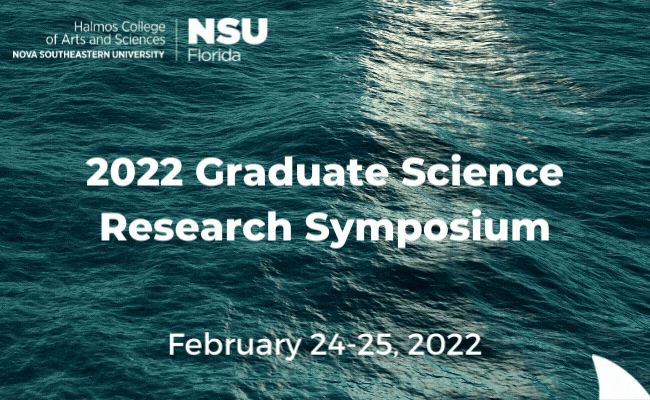Abundance, Site Fidelity, and Association Patterns of Coastal Bottlenose Dolphins (Tursiops truncatus) off the Coast of Southeast Florida
Start
2-25-2022 3:15 PM
End
2-25-2022 3:30 PM
Type of Presentation
Oral Presentation
Abstract
The coastal ecotype of Atlantic bottlenose dolphins is one of the most thoroughly studied marine mammals, however a majority of these studies have occurred in protected habitats such as bays and estuaries. Very little work has been done on the population structure or site-fidelity in open-ocean habitats, and none has been done on the narrow, open-ocean sandbanks of South Florida, USA. Using photo-identification techniques, we analyzed the site-fidelity and association patterns of coastal bottlenose dolphins encountered along the coast of Palm Beach County, Florida. Between 2014 and 2019, we conducted 293 boat-surveys in the region, resulting in 226 encounters with coastal bottlenose dolphins. In total, we identified 727 unique individuals. Based on resighting ratios, 53 of these individuals were determined to be residential, using the study area year-round, 97 were regular or seasonal visitors, and 577 were sporadic visitors. These findings suggest that a small, permanent population exists within the study area, which shares the habitat with transitory individuals from other nearby populations. Preliminary association analysis indicates that there is a high level of social interaction between residential animals and visitors, making genetic or informational transfer likely. Many residential animals were also observed with neonates and calves, suggesting that the study area may serve as a nursing ground.
Abundance, Site Fidelity, and Association Patterns of Coastal Bottlenose Dolphins (Tursiops truncatus) off the Coast of Southeast Florida
The coastal ecotype of Atlantic bottlenose dolphins is one of the most thoroughly studied marine mammals, however a majority of these studies have occurred in protected habitats such as bays and estuaries. Very little work has been done on the population structure or site-fidelity in open-ocean habitats, and none has been done on the narrow, open-ocean sandbanks of South Florida, USA. Using photo-identification techniques, we analyzed the site-fidelity and association patterns of coastal bottlenose dolphins encountered along the coast of Palm Beach County, Florida. Between 2014 and 2019, we conducted 293 boat-surveys in the region, resulting in 226 encounters with coastal bottlenose dolphins. In total, we identified 727 unique individuals. Based on resighting ratios, 53 of these individuals were determined to be residential, using the study area year-round, 97 were regular or seasonal visitors, and 577 were sporadic visitors. These findings suggest that a small, permanent population exists within the study area, which shares the habitat with transitory individuals from other nearby populations. Preliminary association analysis indicates that there is a high level of social interaction between residential animals and visitors, making genetic or informational transfer likely. Many residential animals were also observed with neonates and calves, suggesting that the study area may serve as a nursing ground.


